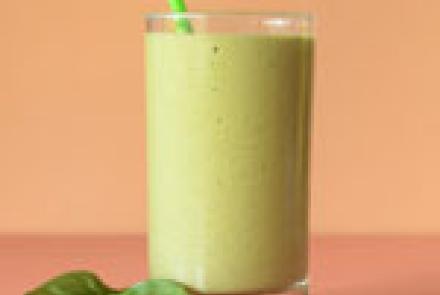The future is bright
Therefore, we must invest in research that allows us to grow more healthy food and transport it more effectively. And please make no mistake: that includes accepting genetically modified crops, those engineered to include a trait in the plant that doesn’t occur in its wild form, such as resistance to insects, tolerance to drought, greater vitamin A production, or more efficient use of sunlight to convert CO2 to sugar—as an absolutely necessary part of our food future. With more efficient plants, we could feed up to 200 million additional people, just from plants grown in the US Midwest. These crops have gotten a bad rap for being “unnatural,” although many people who hold this view don’t recognize that most of the food we think of as “natural” has already been subject to significant genetic manipulation. The ears of corn you see at the grocery store look nothing like the wild plant from which modern corn came; over the course of nine thousand years, the spindly finger-length grass known as teosinte was cultivated to evolve larger cobs and more rows of plump, soft, sugary kernels, a process of modification that significantly altered the plant’s genome.34 The apples we’ve grown accustomed to eating have a bit more resemblance to their small, wild ancestors, but good luck finding one of those ancestors; they have been nearly wiped off the planet, and that’s no great loss to our diet, since the biggest genetic contributor to modern apples, Malus sylvestris, is so tart it’s darn near inedible.





